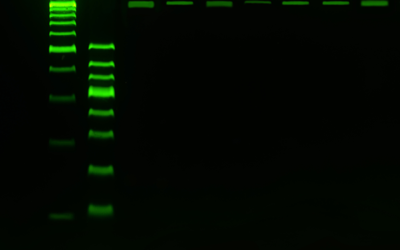Why do you use mouse variable regions in your recombinant rat IgG isotype controls?
Question: Why do you use mouse variable regions in your recombinant rat IgG isotype controls?
Answer: Most in vivo functional grade rat IgG antibodies are used to study mouse target proteins. An ideal isotype control matches the isotype of the primary antibody used in the application but lacks binding to the target. It is normally used as a negative control to differentiate any non-specific background signal from the specific antibody signal. The use of mouse variable regions can reduce the potential immunogenicity induced by the rat variable regions in the rat IgG isotype controls from the rat hybridoma cell lines.
Syd Labs provides in vivo grade Recombinant IgG Isotype Control Antibodies and Mutants:
In Vivo Grade Recombinant Rat IgG2a Isotype Control Antibody
In Vivo Grade Recombinant Rat IgG2a Isotype Control Antibody, Endotoxin 0.05 EU/mg
In Vivo Grade Recombinant Rat IgG1 Isotype Control Antibody
In Vivo Grade Recombinant Rat IgG1 Isotype Control Antibody, Endotoxin 0.05 EU/mg
In Vivo Grade Recombinant Hamster IgG2 Isotype Control Antibody
In Vivo Grade Recombinant Hamster IgG1 Isotype Control Antibody
In Vivo Grade Recombinant Mouse IgG3 Isotype Control Antibody
Related searches:
recombinant rat IgG isotype controls
in vivo functional grade rat IgG antibodies
Frequent questions related to “Why do you use mouse variable regions in your recombinant rat IgG isotype controls?”:

